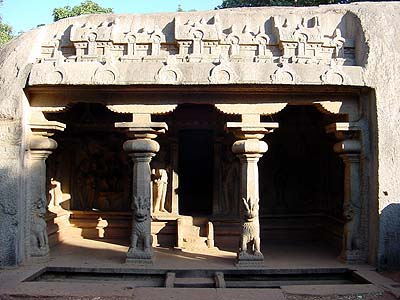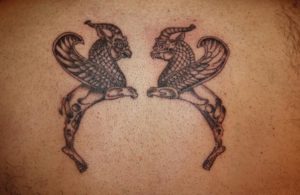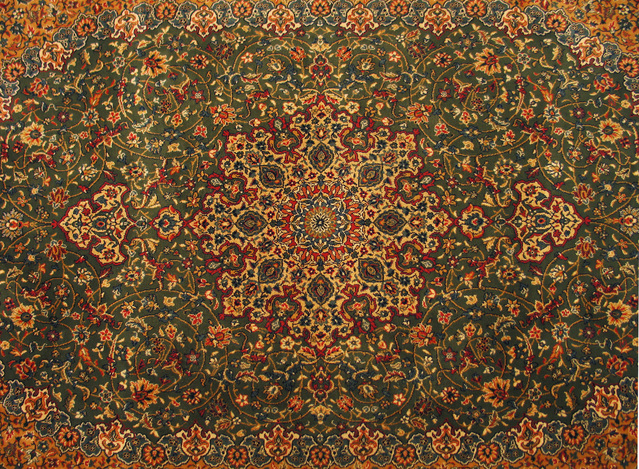
Arabian horses are one of the most romanticized and glorified breeds throughout recorded history, not just among equestrians and historians but also by ordinary folks across cultures.
However, there is some debate about its exact origin. There is little doubt that the breed originated in the Arabian Peninsula.
Arabian horses are the most recognized breed around the world, partly because it is very easy to recognize features.
The head has a distinctive shape, the tail carriage is high, the neck is long and arched, the back is short and the croup is relatively horizontal.
Archeological evidence establishes the origin of the Arabian horse sometime around 3500 B.C. in the Middle East.
Arabian horses are one of the oldest breeds in the world.
However, there is no evidence suggesting the exact time when the horse was domesticated.
It is also unclear precisely where in the Arabian Peninsula the horse was first bred widely.
The earliest reliable texts describing Arabian horses and their physical attributes, prowess and accomplishments date back to Ancient Egyptian and Mesopotamian civilizations.
Arabians were described as a fiery horse. It was known for its phenomenal lung capacity and hence endurance. It was strong and fast.
The breeding has remained mostly unchanged throughout history, but the modern variants are slightly larger than their ancestors.
The history of Arabian horse can be traced back to the Bedouins who treaded across the deserts in the Middle East.
There are extensive literatures found in Greece and Rome. The Arabian horse had become sort of a kingmaker in the ancient world.
Armies with Arabian horses were considered formidable. This was when there were very few superpowers in the world.
The Persians were once known for their mighty armies, primarily for their cavalries. The Arabian horse was so loved and relied upon that owners would get them inside their tents and later yards of their houses, partly to prevent theft and also to take care of their favorite animal.
Arabs were brought west to Egypt, Mesopotamia, Greece and Rome. The horse was used as a mode of transport. It was used to pull chariots and played an important role in hunting.
What is interesting to note is the fact that the breed was not known as “Arabian” until circa 500 B.C. and later.
That is when the first written mention of the word Arabia dates back to in Ancient Persia. It is possible the horse was known by other names throughout the Middle East and beyond till that time.
The oldest physical evidence of the Arabian horse dates back to around 1700 B.C. when the Sinai Peninsula was invaded by the Hyksos.
The Hyksos brought Arabian horses along for their invasion. A skeleton was unearthed in Sinai Peninsula not too long ago, thus proving that the various artworks in Ancient Egypt did depict the Arabian horse.
The Arabian horse has an interesting history over the last fifteen hundred years. The breed became immensely popular with the emergence of Islam.
The Prophet advocated taking care of the horses. The animal was to be protected and cared for. Mares were taken special care of as they ensured the continuity of the breed. The presence of Arabian horses expanded from the Middle East to Turkey and Spain in the west, also to North Africa and eastward to Central Asia as the influence of Islam spread across three continents.
Arabian horses were also celebrated during the reign of the Ottoman Empire.
The horses spread throughout the territories under their control. Trade, war and diplomacy also lead to the spread of the horses around the world. Many royals liked to keep Arabian horses as their treasured pets and the victorious as their prized winnings.
It was circa the end of the first millennium when Arabian horses were bred aggressively. Till then only the purebred horse was the dominant breed.
Interbreeding happened across medieval civilizations but no breed outclassed the purebred Arabian horse.
Even today, purebred Arabian horse is more in demand than Egyptian Arabian, Russian Arabian, Polish Arabian and Spanish Arabian.
However, the original purebred, which can be called the Persian horse, has witnessed a decline in its population.
Purebred Arabian horses are not endangered but they are very expensive owing to their popularity.
Interestingly, the United States has the largest population of Arabian horses right now. There are over six hundred thousand Arabian horses registered in the country but not all are purebred.
They are mostly used for horseback riding and other recreational purposes. They are often used for showing events with their impressive features and fluid movements. There are a number of farms that specialize in breeding Arabians for showing and are worth tens of thousands and luxury horse farms sell for millions of dollars.
Nearly all of the first Arabian horses transported to the United States were traded or gifted for diplomatic purposes.
Throughout history, Arabian horses have found many wealthy and powerful admirers, perhaps a reason why the purebred has survived in all its glory.
The Sultans across the Middle East and Egypt and later the Ottomans, the modern heads of states and the wealthy people in scores of countries have nurtured Arabian horses in their stables and considered them as a rich collection.
It is possible the Pharaohs rode the Arabian horse.
It is known that Genghis Khan, Alexander, Napolean and Prophet Muhammad rode the Arabian horse.
George Washington loved Arabian horses and rode more than one in his lifetime. Arabian horses have played a key role in countless battles and great wars over the last five thousand years.
There is good reason for the breed to find its rightful place among poetry, songs, paintings, sculptures and legends.



 piece intended to keep in an album of miniature works, referred to as a muraqqa. The techniques used to create the Persian miniature were very similar to the Byzantine and Western traditions of the miniatures in illuminated manuscripts.
piece intended to keep in an album of miniature works, referred to as a muraqqa. The techniques used to create the Persian miniature were very similar to the Byzantine and Western traditions of the miniatures in illuminated manuscripts.




